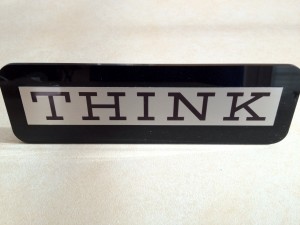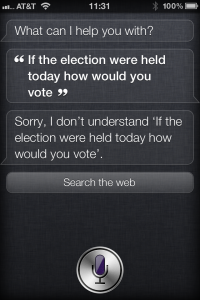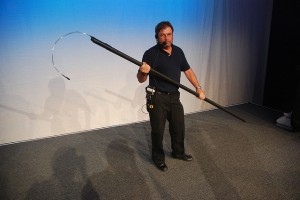Psychologists refer to something called the capture-bonding psychological trait, something Wikipedia claims may ‘lie behind battered-wife syndrome, military basic training, fraternity hazing,’ and so forth. That reference to basic training is illuminating. I recall my first night in basic, looking out the window at a bird on a wire as I struggled to relax. After a time, I noticed the bird was long gone and the sky was a different, lighter color. I can’t be certain, but I’m fairly sure I stared out the window for hours rather than sleep that short night. I must have blinked a few times, but otherwise - I can still see that wire. I had been captured.
Fortunately: the inane conversations and arguments over nothing, the routines designed to test discipline and obedience, and the constant inconvenience that is experienced when you life is not your own - ended with my graduation from U.S. Air Force basic training six weeks later.
Thirty years later, I graduated from Facebook and felt much the same immediate relief as I did when I placed San Antonio, Texas in my rearview mirror. My life is my own again.
I do not blame Facebook for the inane conversations and arguments, those were the result of my lack of discipline. I could not bring myself to avoid political arguments, and continue to be amazed at how many of my friends and family seem to be auditioning for positions as AM talk show hosts. Some friends said they appreciated my engaging in these conversations, but I began wondering why my time was being given over as the front man in the picket line, screaming across at the counter-protesters.
My grown children are much better at balancing their time on here, and marveled that I found myself spending far too much of an evening crafting arguments or responses during the political season last year. (I fear the term ‘political season, implying a discrete period for political discourse interspersed with apolitical periods - is destined for the dustbin.) Soon, it seemed every news event or rumor started appearing on my ‘wall,’ and I was responding to far too many of them. I culled my ‘friend’ list late in the Fall, hoping that removing some of the fringe would restore my evenings, but to no avail. I did have constructive, inspiring, and thoughtful exchanges with many of my friends, but also somehow once encouraged a childhood friend of my Bride’s to demand I perform a biologically unnatural act upon myself. Sorry about that one, love.
So last week - I pulled the plug. I’m not wired to filter or ignore, and apparently I’m drawn to the drama. It’s not you, Facebook, it’s me. Well, to be fair, it’s partly you. I do not know what my 81-year old mother clicked on in order to ‘like’ Tyler Perry movies, but that’s something I did not need to know. The increase in posts telling me that various friends ‘like’ a certain retailer or musician became quite distracting. Yes, there are tools to tinker endlessly with one’s feed - but I understood quickly that having to tinker endlessly is yet another ingenious approach to keeping you focused on the site. Let's not even get into your endless policy changes, ever proving the common wisdom: If you're not paying for the service, you are the product.
I will miss out on your latest innovation, where now social graphs can be searched. (Finally, I can know in one click how many of my friends ‘liked’ Les Miserables!) Somehow, I will struggle on without that insight. By reducing just this one ‘walled garden,’ which had become more of a dog run for me really, I have already regained my evenings and some of my sanity.
Much as I felt thirty years ago, I have no regrets placing Facebook in my rear view mirror. Unlike my previous capture-bonding syndrome, however, where I continue to harbor a love for the U.S. Air Force, I will not defend my more recent captor. It turns out that curing Menlo Park Syndrome is as easy as this: http://deletefacebook.com














